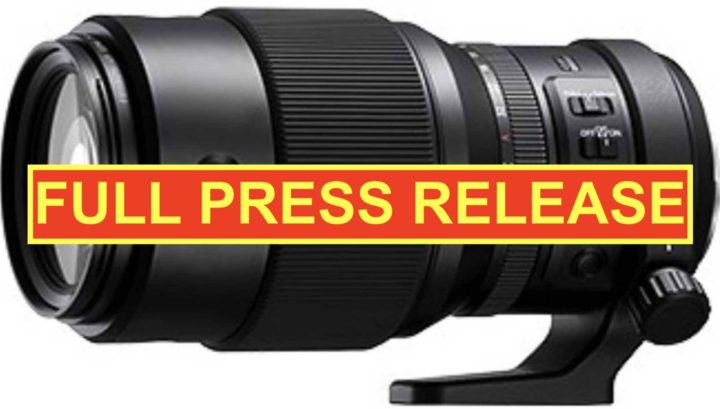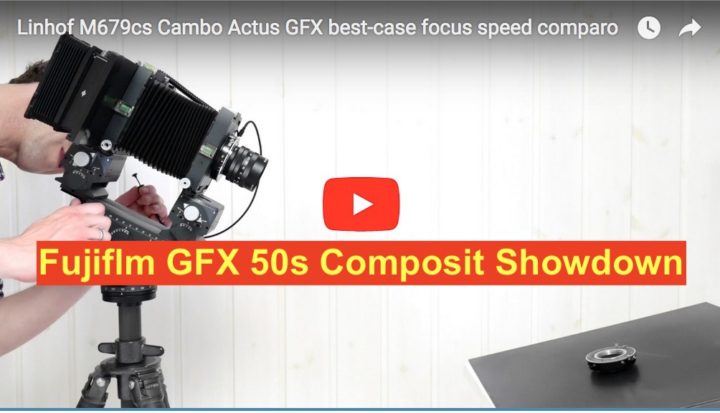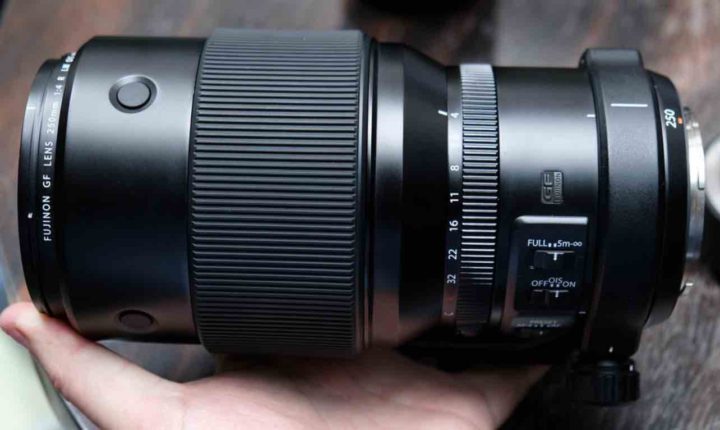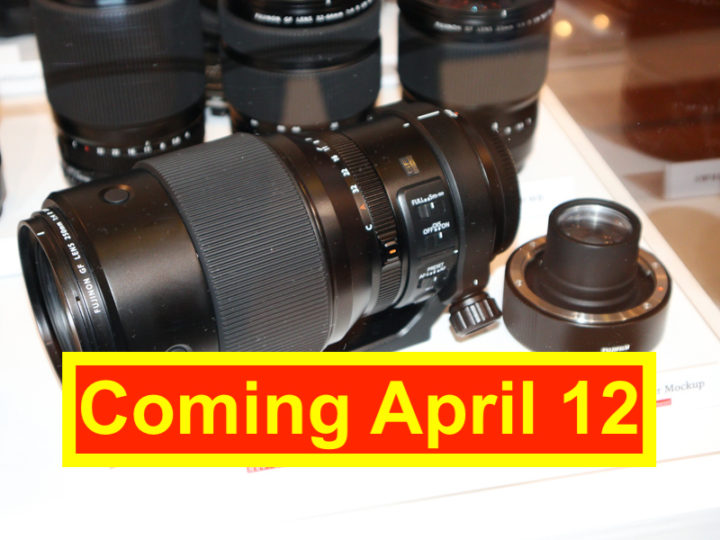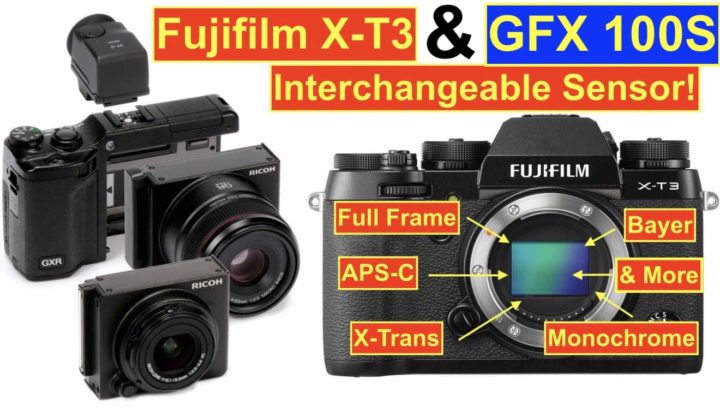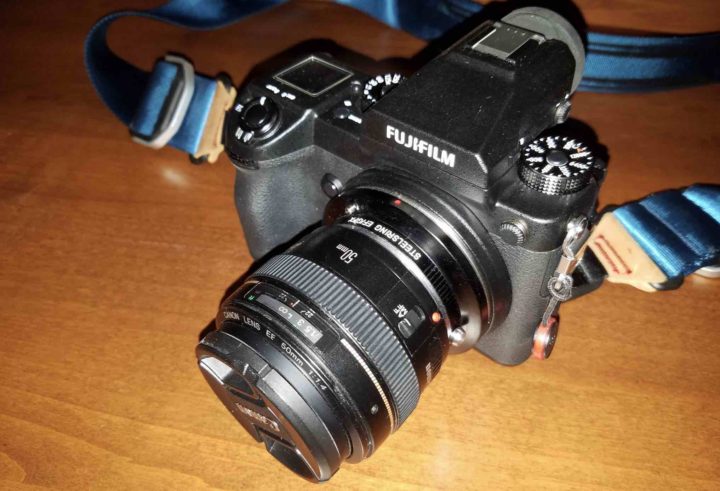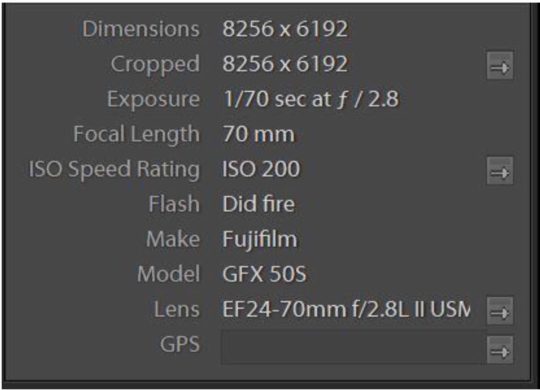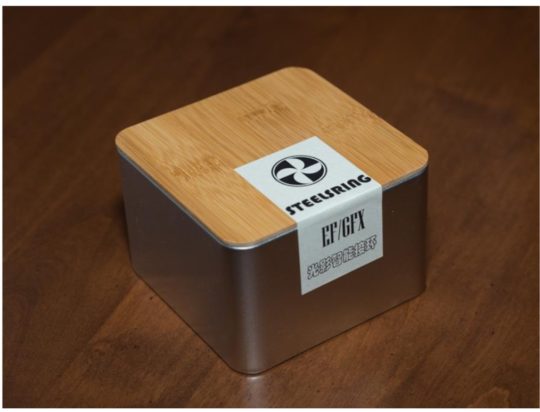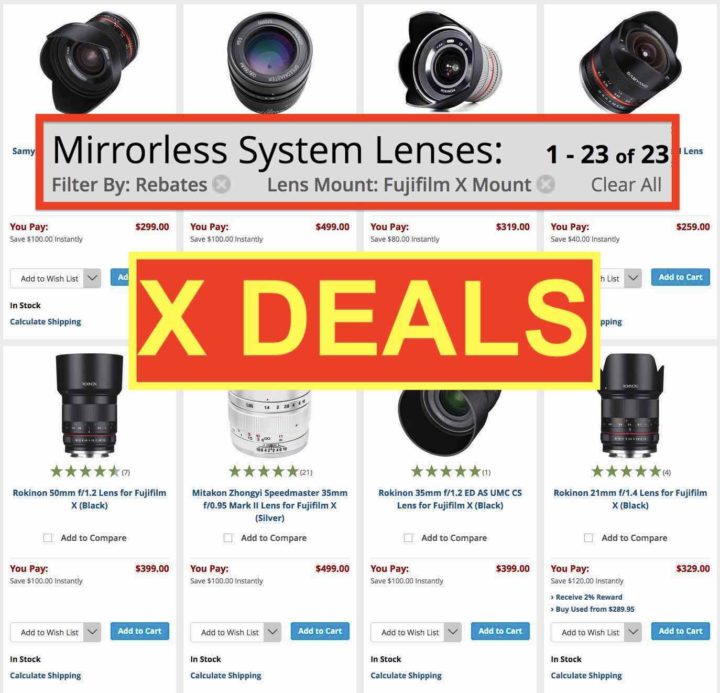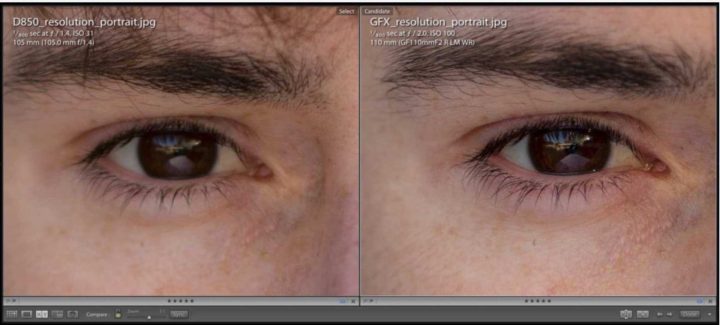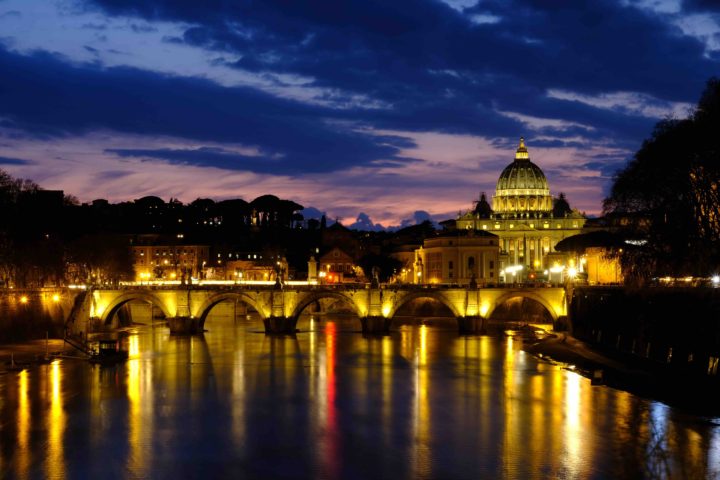
Greetz to all Fuji Lovers from Rome – X-E3 with 18-55 and Sirui T-025X
Fantastic Feedback… How is it Possible?
We have reported several X-H1 bugs (which will be fixed soon via Firmware update) and some more negative X-H1 feedback. And yet, there are some, who simply have a fantastic camera. A good battery life, an incredible autofocus and more.
Looking at our great Fujifilm X-H1 facebook group, in many cases, the fix is as simple as that: get the settings right!
Reading the manual helps a lot (so you can stop panic’ing when your EVF/LCD suddenly stutters… you will discover it’s a power saving mode you can turn off ;) ).
But the manual does not tell the whole story.
There are a lot of tips and tricks to make the camera work best for your needs, that I highly recommend to read books like the ones of Rico Pfirstinger, who shares plenty of useful tips and tricks about the X100F, X-T20, X-T2, X-Pro2 as well as older cameras like the X-E2, X-T1, X-T10, X-E1 and X-Pro1.
Since the Fujifilm X-H1 shares many similar features, and carries all the X-DNA inside, it might be useful for you to maybe grab the X-T2 book, which will in large part also applicable to the Fujifilm X-H1.
With that said… let’s share today’s Fujifilm X-H1 roundup :)
Great Battery Life?
Some Fujifilm X-H1 users over at our Fujifilm X-H facebook group report surprisingly good battery life for the X-H1. For example, Miklos wirtes:
Many people complain about the battery performance of the x-h1. I use it mostly for sports. Here is my experience. With battery grip after shooting one soccer game in close to zero degrees centigrade the first battery in the grip at 64%. The other two still at 100%. 1300 shots taken. The camera and the grip are both in high performance or boost mode. Also, I do not review photos while I shoot sports. Do we need better battery performance than this??? In case someone is interested also to see the photos at miklosphoto
X-H1 for Weddings
Fujifilm X-H facebook member James use his Fujifilm X-H1 for his first wedding. I will share his impressions here, but in order to comment and interact with him, you better check out his facebook post in the group.
Shot my first 2018 wedding. Initial Thoughts on X-H1:
- No bugs or issues. At all. Thankfully!
- Highly Responsive.
- Focus was very accurate in low light. Low light simply isn’t an issue.
- ISO performance is amazing (I use 1.4 and 1.2 lenses so that helps a lot).
- QUIET. I don’t think the bridal party knew I was taking any pictures lol
- With the Godox trigger system and flashes, it tends to have a millisecond or so delay when clicking the shutter. Wasn’t too thrilled about that but it’s not a dealbreaker.
- Shot close to 1000 raw photos until the battery was at 23% and I switched it then. Definitely can blow through a 32GB card at compressed raw file settings with one battery.
- Noticed in broad daylight that the back LCD screen really needs to be brighter.
That’s all for now! I’m absolutely wiped! Lol
X-H1 Reviews
But the X-H1 review flood does not end here.
X-H1 Review + Laowa 9mm F2.8
The Photography Team Fujifilm X-H1 Youtube Series
- click here: X-H1 vs X-T2 Real World Review of The Focus Tracking
- click here: XT2 vs XH1 Real Word Review of The IBIS
- click here: XT2 vs XH1 Real Word Review Low Light Environmental Shot
- click here: XT2 vs XH1 Real World Review of The Shutter Sound
- click here: SpiderLight Hand Strap – Fuji X-H1 Recommended – For Mirrorless Cameras
& More
Join our Fujifilm X-H User Group and follow our Fujifilm X-H facebook page
Fujifilm X-H1: BHphoto, AmazonUS, Adorama, Focuscamera
Follow FujiRumors on Facebook, RSS-feed and Twitter
Videos
